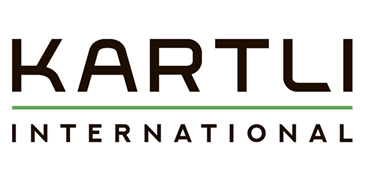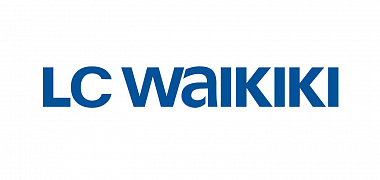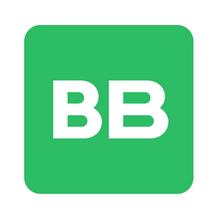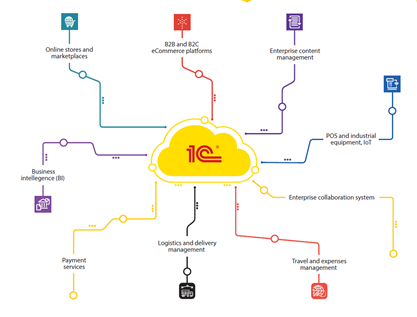- Extensive functionality for managing the flow of goods and finance, goods pricing, and marketing promotions.
- A wide selection of tools for efficient handling of orders, inventory optimization, procurement, supply planning, and printing of standard forms.
Versatility and Scalability
- Suitable for both small and large trade enterprises and chains, including those that operate under more than one taxation system.
- Allows managing all key processes in wholesale, retail, and distance trade.
- Automates routine trading operations and registers both completed and scheduled operations.
Simplicity and Convenience
- Beginner users will like a short learning curve, and experienced users will enjoy the high speed of operation.
- Customizable functionality. Disabled features get hidden from the interface and do not distract users.
- Scaling up the product does not result in large setup costs and allows to retain management practices and approaches to the organization of work in the enterprise.
- Users can access the system via PCs and mobile devices.
- Infobases can run in file, client-server, or cloud mode.
Best Business and Industry Functionality
CRM and Marketing
- Handling all customer requests and complaints. Building relationships with customer groups.
- Marketing campaigns and advertising activities management.
- Flexible options for customer price calculation: price types, promotions, discounts and their conditions, price lists, and special prices.
- Vendor price management: registration, comparison, and tracking of changes.
- Various goods sale scenarios are supported: sale from stock, make to order, remote sale, sale on credit, sale on prepayment, retail, vendor-managed inventory, commission sale, etc.
- The tools included with the system allow to manage customer orders, reserve goods in warehouses, identify current and future needs for goods, and place orders with vendors based on this data.
- Purchase requirements management.
- Placement of orders with vendors and monitoring the project statuses.
- Support for various procurement scenarios: purchase from suppliers, vendor-managed inventory, acceptance for commission-base sale.
- Processing of goods without invoices.
Warehouse and Delivery
- Warehouse management: warehouse structure and topology, storage bins, and working areas.
- Keeping of records on goods in various packaging units, management of goods sets assembly/ disassembly.
- Dedicated record keeping for own goods, goods accepted and transferred for sale, and goods accepted for safe custody.
- Records on goods batches by serial numbers, expiration dates and certificates, and similar.
- Returnable packaging records.
- Tools to maintain optimal stock levels. Means of statistical control for stocks (ABC-analysis, XYZ -analysis. Placement and management of delivery orders.
- Powerful and convenient tools for planning.
- Planning for sales volumes in physical and value terms, including planning with the account of sales data for previous periods, information on current stock balances, and open customer orders.
- Planning for selling prices with the account of the current company and competitor prices.
- Cash payments schedule.
- Thorough management of debts with counterparties and debt repayment tracking.
- Calculation of goods cost per FIFO and weighted average methods, tracking of purchase, transportation, and storage costs, as well as customs payments.
- Financial accounting to calculate enterprise P&L and draw balance sheets, record keeping by areas of business.
- Target Indicators Monitor to supervise enterprise day-to-day activities.
- The dashboard intended for enterprise managers of any level offers a selection of reports, charts, and other utilities facilitating the decision-making process.





